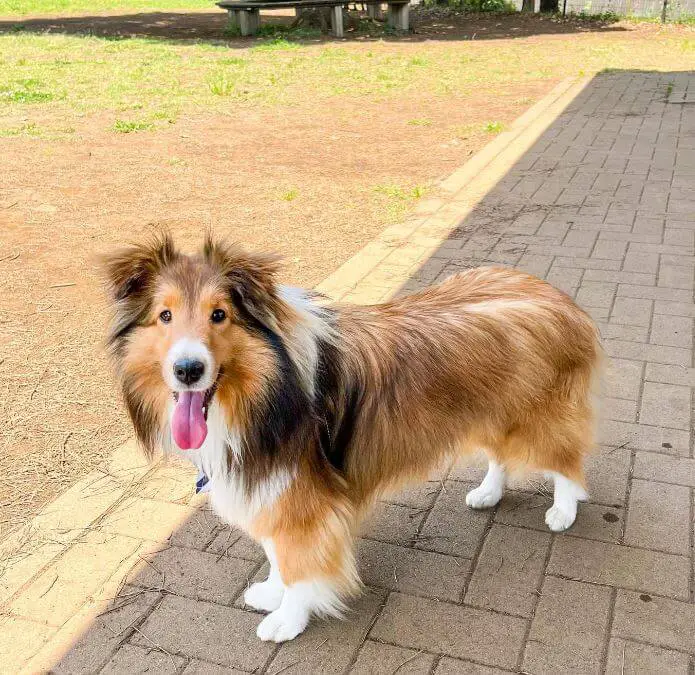Welcoming a litter of puppies into the world is an exciting and rewarding experience for dog owners. However, dog pregnancy, also known as gestation, requires careful attention, proper care, and preparation. In this comprehensive guide, we will explore the signs of dog pregnancy, offer essential care tips for expecting mothers, and guide you through the process of preparing for the arrival of adorable puppies.

Signs of Dog Pregnancy:
Detecting pregnancy in dogs can be a fascinating journey. Here are some common signs to watch for:
- Changes in Behavior: Just like humans, pregnant dogs can exhibit changes in behavior. They might become more affectionate, seek extra attention, or display mood swings.
- Decreased Appetite: During the early stages of pregnancy, a dog might experience a temporary decrease in appetite. However, this should be monitored closely, and any prolonged loss of appetite should be discussed with a veterinarian.
- Enlarged Abdomen: As the pregnancy progresses, a dog’s abdomen will gradually enlarge due to the growing puppies.
- Nipple Changes: Around the third week of pregnancy, a dog’s nipples may become darker and more prominent.
- Nesting Behavior: In the later stages of pregnancy, a pregnant dog might start nesting, showing an urge to create a comfortable space for her impending puppies.

Care During Dog Pregnancy:
Ensuring the health and well-being of a pregnant dog is paramount. Follow these care guidelines:
- Consult a Veterinarian: Schedule a visit to your veterinarian as soon as you suspect your dog is pregnant. They can confirm the pregnancy and provide guidance on proper care.
- Nutrition: Provide a well-balanced and nutritious diet suitable for pregnant dogs. Your vet may recommend a high-quality commercial dog food formulated for pregnancy or provide a specific dietary plan.
- Regular Exercise: Engage your pregnant dog in moderate exercise to maintain her muscle tone and overall health. Avoid excessive physical activity that could cause stress.
- Prenatal Vitamins: Your vet might prescribe prenatal vitamins to ensure your dog and her puppies receive essential nutrients.
- Stress Reduction: Create a calm and stress-free environment for your pregnant dog. Avoid disruptions, loud noises, and abrupt changes.
Preparing for Puppies:
Preparing for the arrival of puppies involves more than setting up a cozy whelping area. Consider these preparations:
- Whelping Area: Designate a quiet, comfortable space where your dog can give birth and nurse her puppies. Line it with soft bedding and provide a heat source for the newborns.
- Whelping Kit: Assemble a whelping kit with essentials like clean towels, heating pads, bulb syringes, and a scale to monitor puppy weight.
- Educate Yourself: Learn about the whelping process, including potential complications and when to seek veterinary assistance.
- Emergency Contacts: Keep your veterinarian’s contact information handy and locate an emergency animal clinic in case of unexpected complications.
- Postpartum Care: After the puppies are born, continue providing care to the mother. Monitor her closely for any signs of distress or health issues.

Dog pregnancy is a remarkable journey that demands attention, care, and preparation. By recognizing the signs of pregnancy, providing adequate care, and preparing for the arrival of puppies, you can ensure a safe and joyful experience for your beloved canine companion. Remember, each dog’s pregnancy is unique, so consult your veterinarian for personalized guidance and support throughout this exciting process. Your dedication and responsible care will contribute to the health and happiness of both the expectant mother and her precious puppies.
